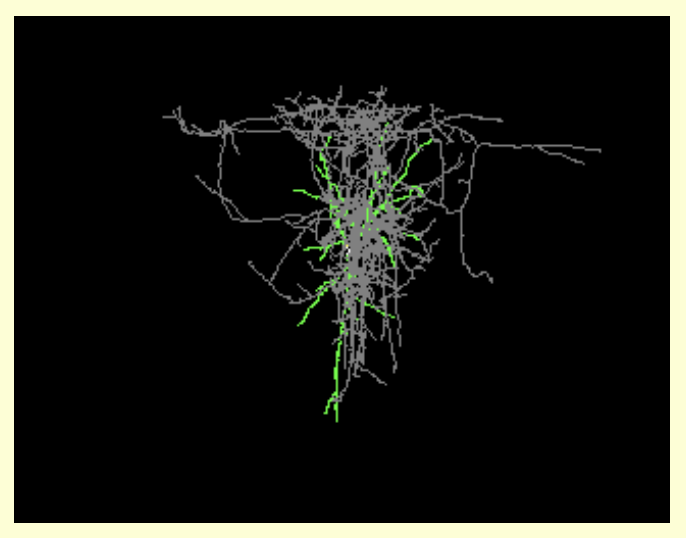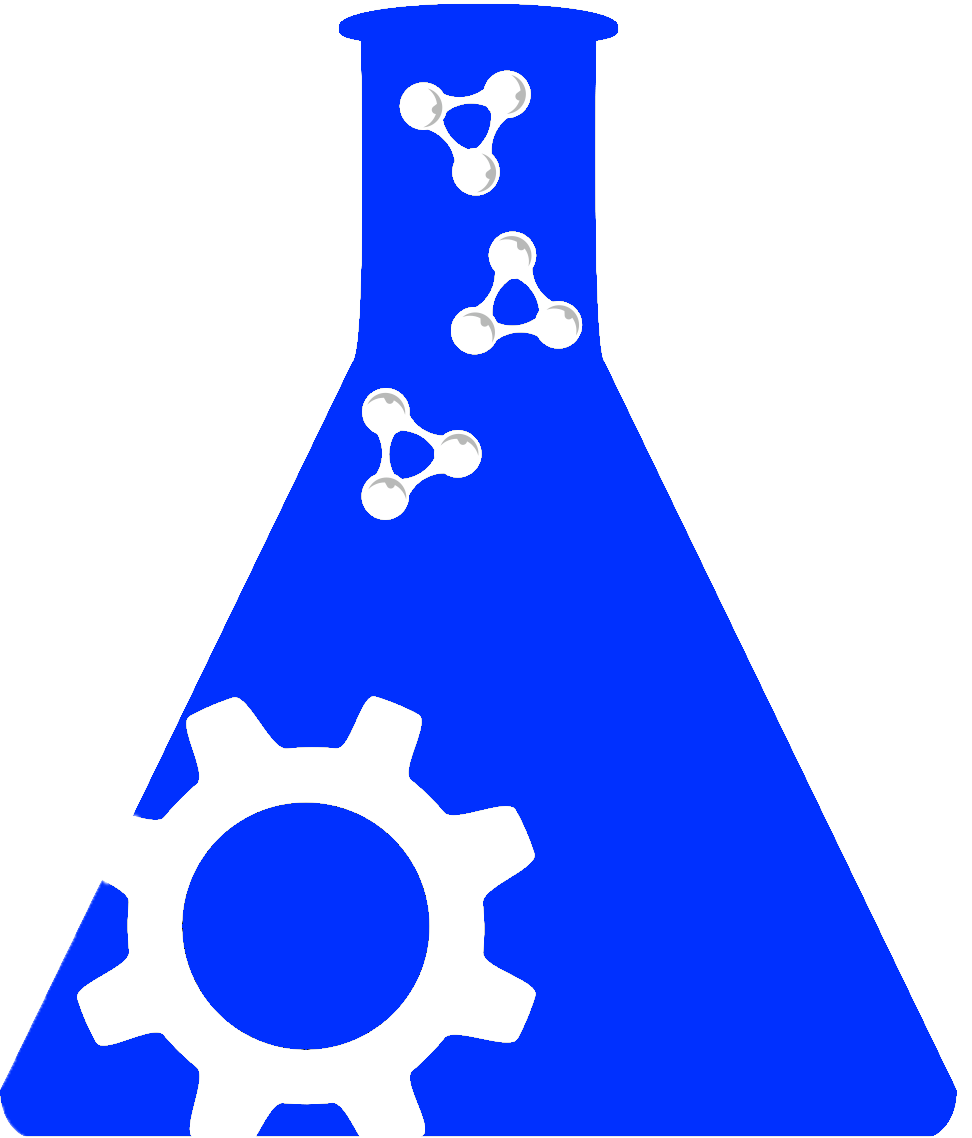URL: https://www.niddkrepository.org/studies/sister/
Proper Citation: SISTEr (RRID:SCR_001542)
Description: Clinical trial under the Urinary Incontinence Treatment Network to compare the treatment success for two surgical procedures that are frequently used and have similar cure rates, yet have not been compared directly to each other in a large, rigorously conducted randomized trial. The secondary aims of the trial are to compare other outcomes for the two surgical procedures, including quality of life, sexual function, satisfaction with treatment outcomes, complications, and need for other treatment(s) after surgery. Follow-up will be a minimum of two years and up to four years.
Abbreviations: SISTEr
Synonyms: Stress Incontinence Surgical Treatment Efficacy Trial
Resource Type: data set, resource, data or information resource, clinical trial
Keywords: urinary, incontinence, dataset, surgical procedure, outcome, quality of life, sexual function, satisfaction, treatment, complication, burch procedure, sling procedure, female, surgery
Expand Allis listed by |
|
has parent organization |
We found {{ ctrl2.mentions.total_count }} mentions in open access literature.
We have not found any literature mentions for this resource.
We are searching literature mentions for this resource.
Most recent articles:
{{ mention._source.dc.creators[0].familyName }} {{ mention._source.dc.creators[0].initials }}, et al. ({{ mention._source.dc.publicationYear }}) {{ mention._source.dc.title }} {{ mention._source.dc.publishers[0].name }}, {{ mention._source.dc.publishers[0].volume }}({{ mention._source.dc.publishers[0].issue }}), {{ mention._source.dc.publishers[0].pagination }}. (PMID:{{ mention._id.replace('PMID:', '') }})
A list of researchers who have used the resource and an author search tool
Find mentions based on location

{{ ctrl2.mentions.errors.location }}
A list of researchers who have used the resource and an author search tool. This is available for resources that have literature mentions.
No rating or validation information has been found for SISTEr .
No alerts have been found for SISTEr .
Source: SciCrunch Registry





